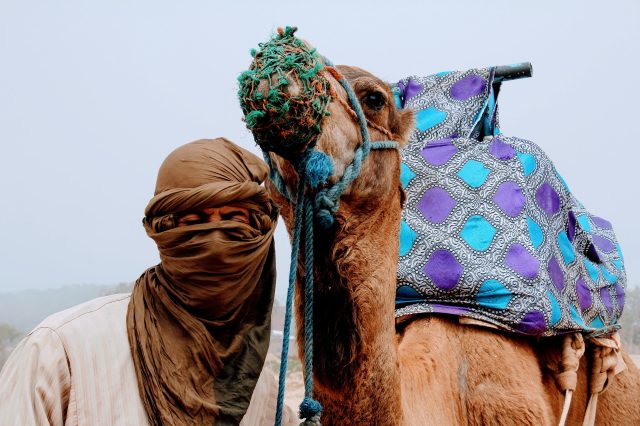The Berber languages, also known as the Amazigh languages, belong to Afroasiatic language family. The modern Berber languages derived from the Proto-Berber language that is considered to be comparatively recent, especially if we compare it to Germanic or Romance subfamilies. Its script was formed on the basis of Ancient South Arabian letters – the ancient Libyco-Berber script. Today, the Libyco-Berber script exists in the form of Tifinagh.
Modern Berber languages and dialects are mainly spoken by the Berber people who live in the regions of North Africa, including people from such countries as Algeria, Morocco, Libya, Tunisia, northern Mali, western and northern Niger, northern Burkina Faso, Mauritania and in the Siwa Oasis of Egypt. Also, there is a quite large Berber-speaking community who live in Western Europe. It counts about 4 million speakers. Nevertheless, it is interesting to know that today there are more Berber people than Berber speakers. It means that though in some countries such as Algeria or some Maghreb countries the population mainly consists of people with Berber ancestors, not all of them know and use the Berber language. In the modern days, the Berber language is considered to be a constitutional national language of such countries as Algeria and Morocco.
Today, there are six major varieties of Berber language. They are Shilha, Kabyle, Central Atlas Tamazight, Riffian, Shawiya, and Tuareg. Each of them has no less than 2 million speakers. More than 90% of the Berber-speaking population use one of these languages. The rest 10% of the Berber-speaking population speak such variations of the Berber language as Guanche on the Canary Islands and the languages of the ancient C-Group culture spoken in southern Egypt and northern Sudan.
The written tradition of Berber languages exists for about 2,500 years. Nevertheless, it was frequently disrupted by cultural shifts and invasions. Originally, Berber languages were written in the Libyco-Berber abjad, later in the Arabic script and since the 20th century in the Berber Latin alphabet. Today, most of the Berber-speaking population use the Berber Latin alphabet. Nevertheless, traditional Tifinagh is still used today as well.




